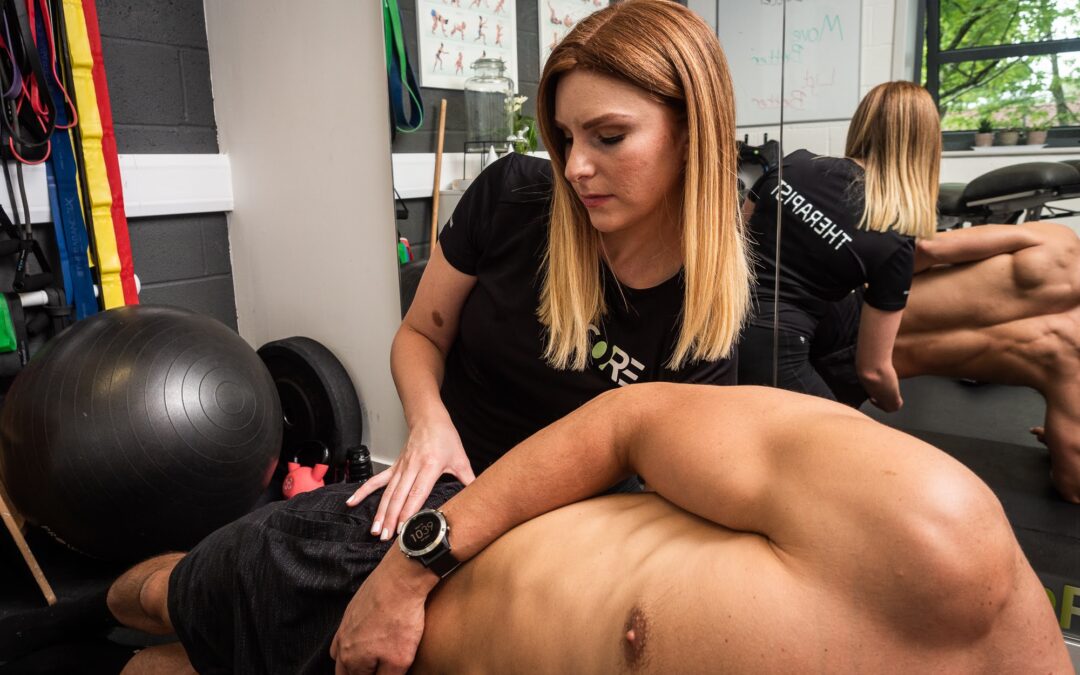Going through these past couple of years we are more aware than ever of our NHS, especially in conjunction with the words ‘overwhelmed’ and ‘crisis’. When it comes to non-emergency issues such as chronic pain, many people have felt frustrated with the long wait times and remote service approach.
What most people don’t know is that there are many things that GPs are not best equipped to handle. One of these things being non-specific pain and pain management. By this I am referring to pain with no clear source, often felt in the muscles or joints. The most common of these complaints is non-specific lower back pain.
Approximately 1 in 3 adults in the UK suffers from back pain at some point in their life1 . Of those, 84% are classified as non-specific2 . In most cases, these people see a GP, get prescribed ibuprofen, and are told to come back if the symptoms worsen, which often they do. Then they might get put on a long waitlist for a scan that comes back inconclusive. If you have been one of those people, you’ll know by that point you’ve waited 6 months with rapidly declining health that’s affecting your daily life with nothing to show for it. It’s no wonder when you’re just one in 2.6 million adults seeking treatment for this condition each year3

There is however an alternative. Multiple studies have found that exercise is the best treatment for these types of pain conditions, regardless of cause and even with the presence of arthritis. The problem is most people in that situation are nervous and unsure how to go about this. Often exercises can cause flare ups or be difficult and uncomfortable so people naturally avoid them. This is where Soft Tissue Therapy comes in.
Soft Tissue Therapy is similar to Physiotherapy in that it deals with the muscles, however, it has a more hands on approach and implements massage and tissue release techniques to decrease pain in the short term. In a randomized trial of 49 patients with lower back pain over the period of 12 months, the findings were that the group receiving two 45-minute treatments alongside exercise were twice as effective at decreasing pain as the group only performing exercises.4 A good Soft Tissue Therapist will also have knowledge on exercise prescription and be able to introduce exercises in the right amount at the right time, so the journey will look more like this:

This is obviously quite an oversimplified version, and everyone’s journey is different, however a constant is the fact that you can take an active role in your recovery and see progress in a matter of weeks rather than spending months as a number on the NHS waiting list.
Knowledge is power, and in this case, I hope it gives those of you dealing with the debilitating issue of lower back pain, the confidence to seek out the right treatment for you.
Sources
- Macfarlane GJ, Jones GT, Hannaford PC. Managing low back pain presenting to primary care: where do we go from here? Pain. 2006;122(3):219–222.
- O’Sullivan, P. (2005). Diagnosis and classification of chronic low back pain disorders: maladaptive movement and motor control impairments as underlying mechanism. Manual Therapy 10, 242–255. doi: 10.1016/j.math.2005.07.001
- Arthritis Research Campaign. Arthritis the big picture. Arthritis Research Campaign. 2002
- SPINE, Volume 28, Number 6, pages 525-532


Recent Comments